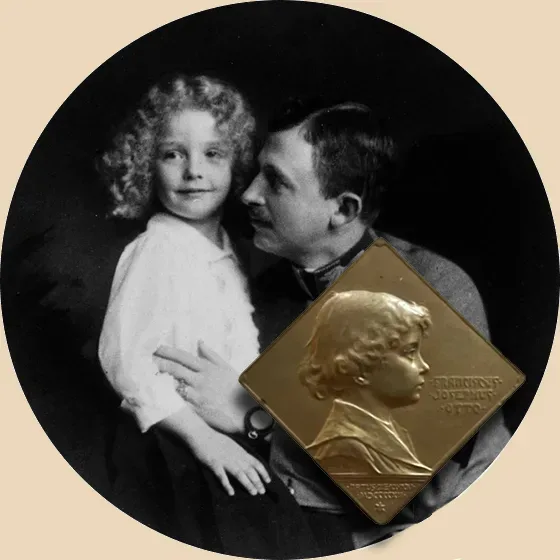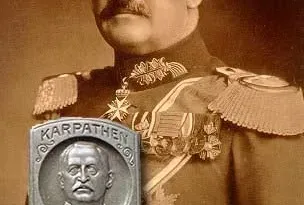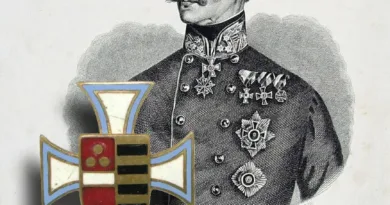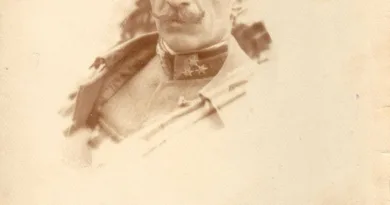Otto von Habsburg
He was born on November 20, 1912. He was the eldest son of the later I. Karl. He was the third successor to the throne at birth. In a short time he became heir to the throne, and throughout his life he was always regarded by the legitimate circles as the next ruler by law of Austria, although in 1961 he resigned his claim to the throne.
Otto, of course, had no direct role in the Great War. But the atmosphere in the hinterland was greatly enhanced by the popularity of Charles and his family, who ascended the throne in December 1916. Otto, as heir to the throne, became the owner of the 17th Joint Infantry Regiment. Charles and his family seemed the right family to maintain the power of the Habsburg dynasty. It was not up to them that the Habsburg Empire disintegrated.
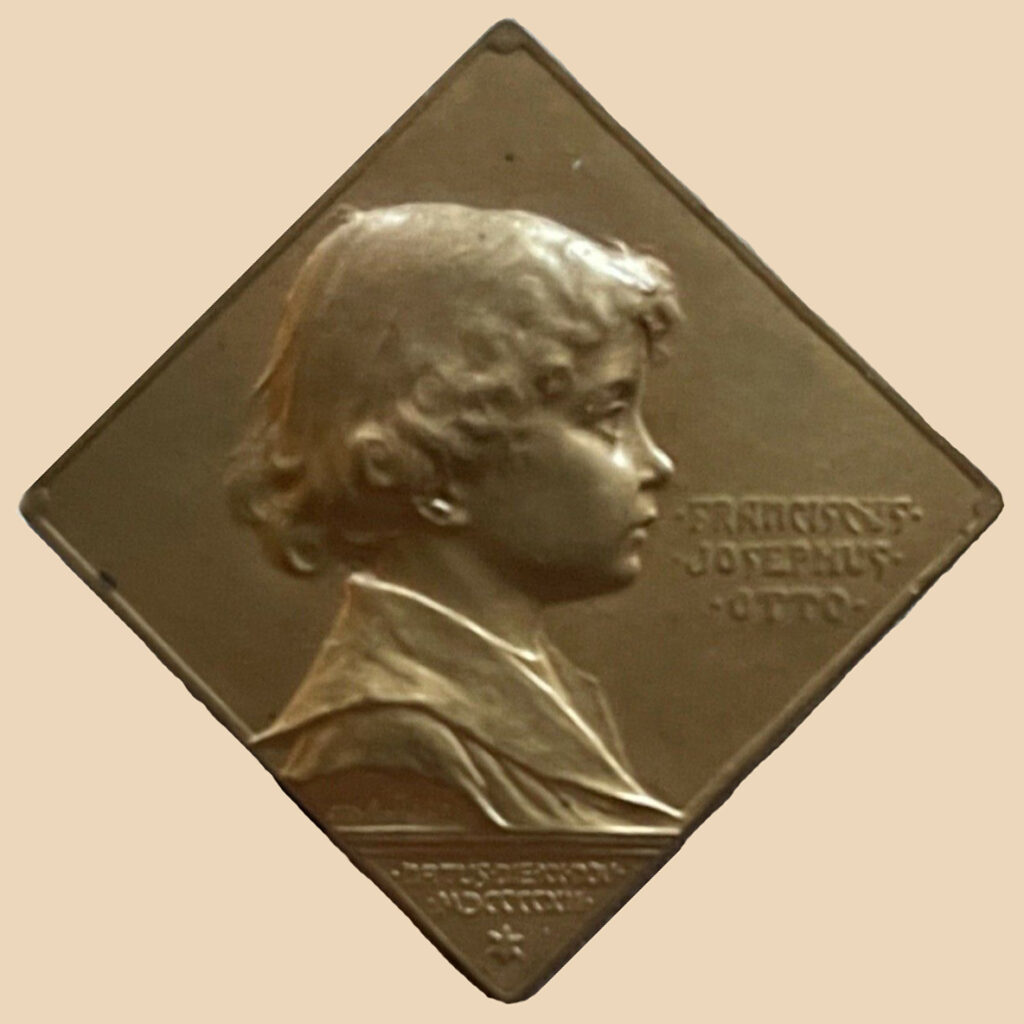
The popularity of the young emperor and his family is shown by the fact that a large number of cap badges and other propaganda material were made about the members of the family. We know three different insignia with the face of the heir to the throne Otto. One of them, perhaps the best known, is the subject of this post. The image of the same badge also adorns the enclosed letter sail.
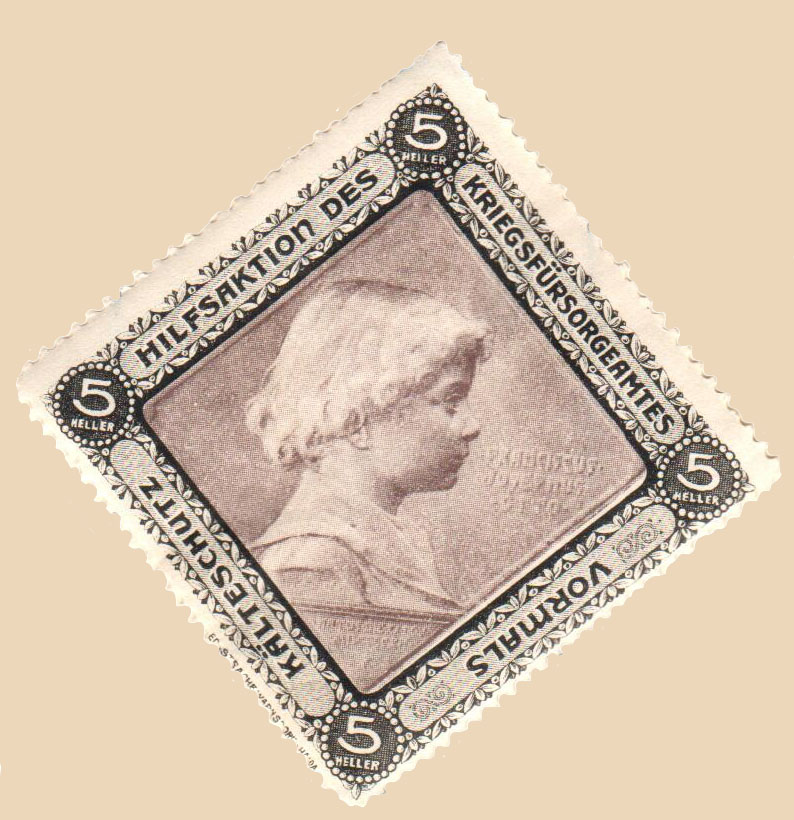
There is no opportunity to describe Otto’s career here. His active political career has focused mainly on promoting European integration. From a Hungarian point of view, a significant initiative was the organization of the Pan-European Picnic, which played an important role in the dismantling of the Iron Curtain and the change of regime in Eastern European countries. He died on July 4, 2011. His body rests in the Capuchin Crypt in Vienna, next to the other great figures and rulers of the Habsburg House.

